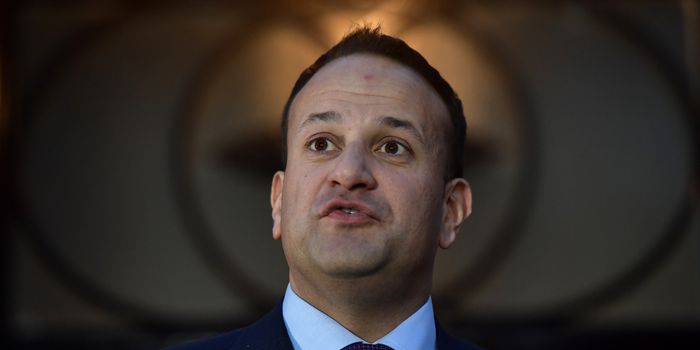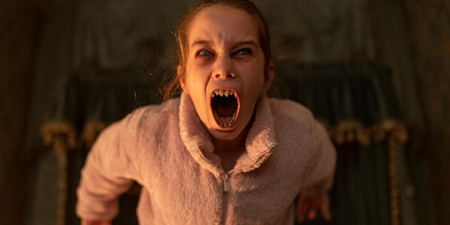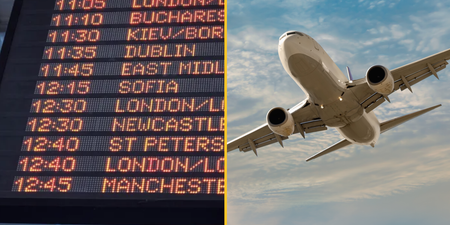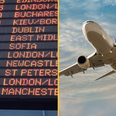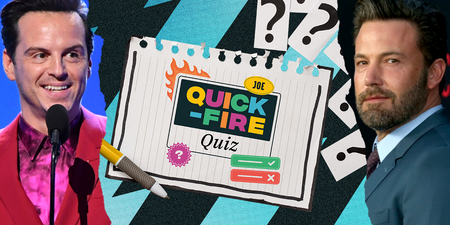We don’t want to say Project Ireland 2040 covers “life, the universe and everything”, but it definitely comes close.
If you have been left scratching your head as to why Leo Varadkar’s cabinet has gone west to Sligo under the banner of Project Ireland 2040, you’re not alone. Since the talks will be affecting how we all live and work in twenty years time, however, it’s best we break it down so the future isn’t as shocking as it already is.
Project Ireland 2040 comprises of a 10 year €116 billion capital investment plan and a new National Planning Framework, which is a future strategy document that will break down how the government intends to tackle the growth of Ireland’s population.
This is necessary since Ireland’s population will grow by a further estimated million over the course of the next two decades. In turn, this means approximately 550,000 new houses are going to be required on top of a further 660,000 jobs.
It is a shocking likelihood, which is going to necessitate a solid long-term capital spending plan that reaches into all wakes of life, from school and housing to transport, infrastructure and healthcare.
And sure, nobody likes to think about the future too much, especially when told that you have to do it all on a single day, but since the International Monetary Fund have been advising we finally get it done in their 2017 report, it looks as if today is the big day.
Where are we focusing on exactly?
The past few weeks, there has definitely been some concern over the future of rural Ireland, with Waterford Whispers having summed up the mood aptly when they joked, ‘Rural Ireland to close by 2019’.
Minister for Employment Affairs and Social Protection, Regina Doherty has been adamant to stress that these billions will not be unfairly pumped into Dublin and other major cities. Instead, she has said it will be a “regional balanced development”, which places an equal focus on the north, south and midlands.
The prime objective will be to ensure that rural Ireland does not continue to suffer drains in experience as people relocate to Dublin in order to gain employment. The main way of doing this will be to encourage people to live in town centres – as opposed heading straight for the capital – by redistributing employment through each region through the decentralisation of various industries.
As part of its effort to regenerate rural towns, €1bn invested in such places that have remained in tatters since the recession over a decade ago. Adding to existing schemes, such as LEADER and the town and village renewal scheme, this could correct one of the countries more dire problems.
How will we live?
There will be a lot more houses.
It doesn’t sound like the most exciting prophecy, but given that Ireland will be dealing with a surge in its population, the creation of 550,000 houses means a huge portion of the spending plan will be required to go into housing.
Another of the key priorities for Minister of Housing, Eoghan Murphy will be a new housing body that will monitor land hoarding.
Where are we going to work?
As the first signs of an office space bubble in the capital have been hinted at, one of the inevitable ways of resolving the potential issue is to start reconsidering where people are going to be working. Either there will be an increase in people working from home or the distance between where we live and work will be reduced.
This question of where we will be working is set to be one extremely hot topic, as it also raises question surrounding the environment and equally commuting.
…. and speaking of the environment
A total of €22bn has been allocated to Ireland’s climate action measures. This will include transforming out public transport services into an electric fleet.
How are we going to be getting around?
Travel is one of the biggest issues that the project will be addressing, as it lays out plans for the M20 motorway between Cork and Limerick, alongside a second runway over at Dublin Airport.
One of the major development’s however, will see Dublin’s Luas being expanded, receiving four new lines that will head for Bray, Lucan, Finglas and Poolbeg.
The long disputed subject of the Metro North project is also set to get a breakthrough as it is rechristened as Dublin Metro and is likely to extend to the south side of the city. It will then link up with Dart and Luas services
If you were worried though that this is a prime example of the government insisting that the focus would not be on Dublin, while simultaneously giving everything over to the capital, we can reassure you that Cork is going to finally receive its own light rail service under the plan.
What will happen to our education?
Leaks so far have suggested that the plan might announce 20,000 new school places. However, the Irish National Teachers Organisation has warned that while this is a welcome step, the quality of facilities must be considered too in the current framework.
With the project set to invest in new schools, of as much priority should how schools properly use smart technology with higher-speed broadband being crucial here.
€2bn will also be added in funding national universities and institutes of technology.
Can we solve the hospital crisis?
The latest flu season has revealed the extent of the national healthcare problem as beds in children’s wards were required to accommodate adults suffering from the virus.
It will be welcome then to hear that the framework intends to make good on its promise to set up a new National Children’s Hospital, while increasing the number of acute hospital beds and investing in three new hospitals in Dubin, Cork and Galway which should help ease surgery waiting lists.
“We are putting a plan in law that will be the basis for all future plans. We’re also setting up an independent regulator, to be independent of Government politicians to make sure that we adhere to that plan, and crucially, again for the first time, the investment will follow the plan,” said Minister Eoghan Murphy on Friday morning.
It might be heavy to take on board right now, but we will be looking back on this moment for years to come as a major political reference point.
LISTEN: You Must Be Jokin’ with Aideen McQueen – Faith healers, Coolock craic and Gigging as Gaeilge
